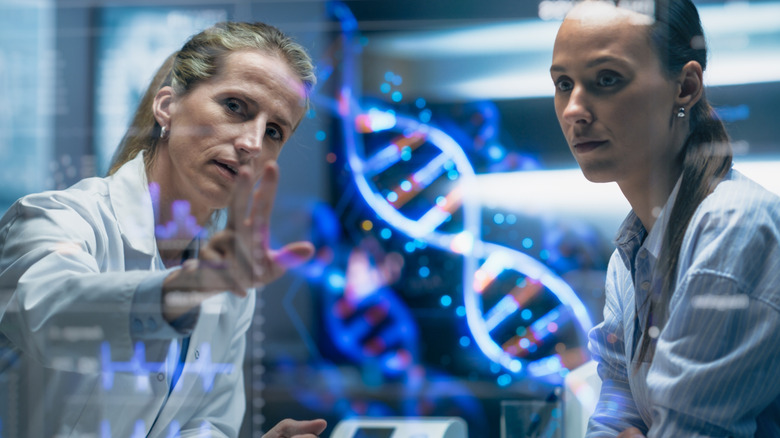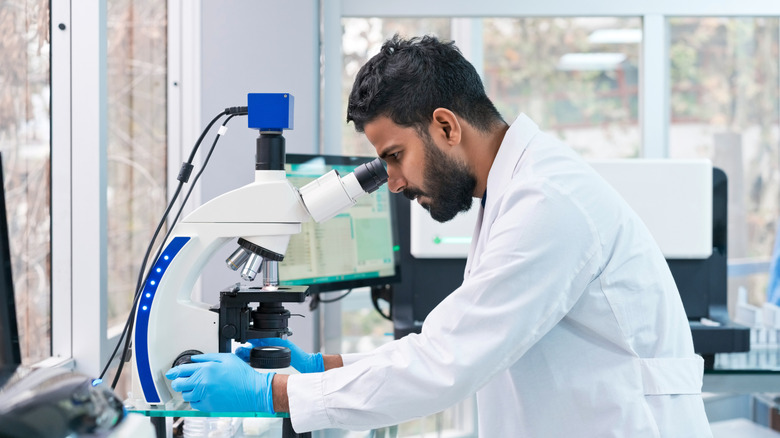How Does Cancer Start, According To Science?
Your body contains trillions of cells, each carrying out specific functions to keep you alive. According to a 2016 article in PLOS Biology, about 97% of these cells are made up of red blood cells, glial cells, endothelial cells, dermal fibroblasts, platelets, and bone marrow cells. The remaining 3% consists of around 50 other specialized cell types.
Cells have their own intelligence, thanks to the nucleus. Inside the nucleus are chromosomes, which have thousands of genes within them. The genes ensure that the cells behave the way they should, especially in controlling the growth, division, and death of the cell.
(Read how your lifestyle affects your cancer risk.)
Sometimes, when a cell divides, changes occur in its genes. These changes are called mutations, and they can happen if a gene is damaged, incorrectly copied, or duplicated too many times. Cancer begins when a single cell has six different kinds of mutations that can cause the cell to behave abnormally, such as dividing out of control. It can take years for this cancerous cell to divide enough times to be detected as a tumor (per Cancer Research UK).
Not all genetic mutations lead to cancer
You may have heard of genetic mutations like BRCA1 or BRCA2, which are linked to breast, ovarian, prostate, and pancreatic cancers. However, not all gene mutations lead to cancer, according to the American Cancer Society. Some mutations have little to no effect on the proteins that influence how a cell behaves.
Certain genetic mutations are inherited from your parents and may determine traits like your eye or hair color. Even inherited mutations that are associated with diseases such as cancer don't always result in the disease. In fact, most cancers are not caused by inherited mutations. (Interestingly, here are some cancers that can be detected through genetic testing).
Many gene mutations are acquired during a person's lifetime. These can result from exposure to things like UV radiation, chemicals, viruses, or tobacco smoke, but they can also occur randomly as cells divide. The majority of cancers are caused by these acquired mutations. Your risk of developing cancer increases as you age, in part because your cells have had more time to accumulate mutations through repeated divisions over the years (FYI, aging has an unexpected effect on your cancer risk, but only after you turn 80).
Types of gene mutations that can cause cancer
While some gene mutations have little to no impact on how a cell behaves, others can contribute to the growth of tumors, according to the Canadian Cancer Society. Remember that more than one genetic mutation is necessary for cancer to grow and spread. Healthy cells contain proto-oncogenes, which are genes that regulate when a cell should grow and divide. These genes "turn on" to promote cell division when it's needed and "turn off" to prevent excessive growth. However, when a proto-oncogene mutates, it can become an oncogene that no longer has an "off" switch. This mutation causes uncontrolled cell division and can lead to cancer. For example, HER2 is an oncogene involved in some types of breast cancer, and KRAS mutations are commonly linked to pancreatic cancer.
Cells also contain tumor suppressor genes, which help slow down cell growth and trigger cell death when necessary. When these genes are mutated, their protective functions are lost, allowing abnormal cells to continue growing unchecked. One of the most well-known tumor suppressor genes is TP53, which is mutated in about 50% of all cancers.
Your cells also have DNA repair genes, which correct errors that can occur when DNA is copied during cell division. If these repair genes are damaged or malfunctioning, other mutations like oncogenes and mutated tumor suppressor genes can accumulate more easily and drive cancer progression. BRCA1 and BRCA2 are examples of DNA repair genes, and these mutations in these are linked to increased risks of breast, ovarian, and other cancers.


